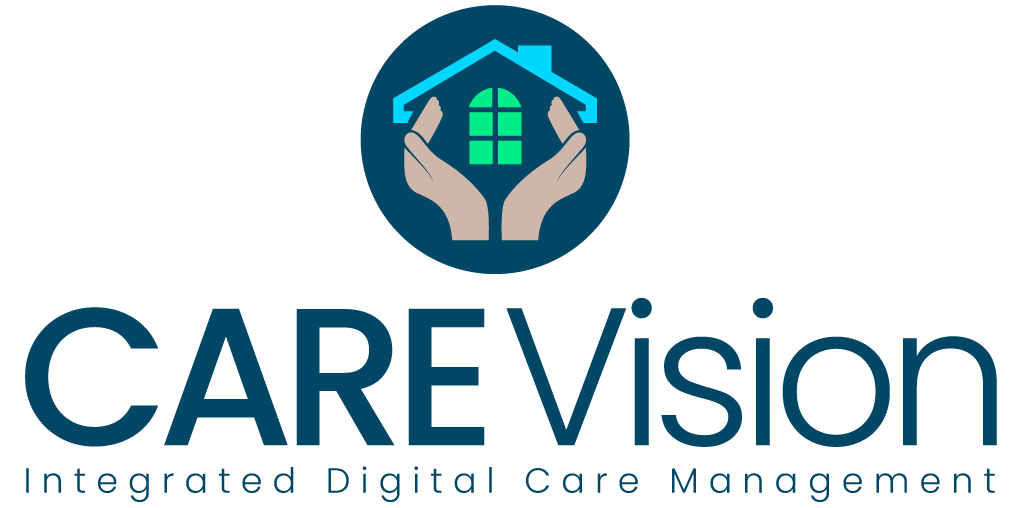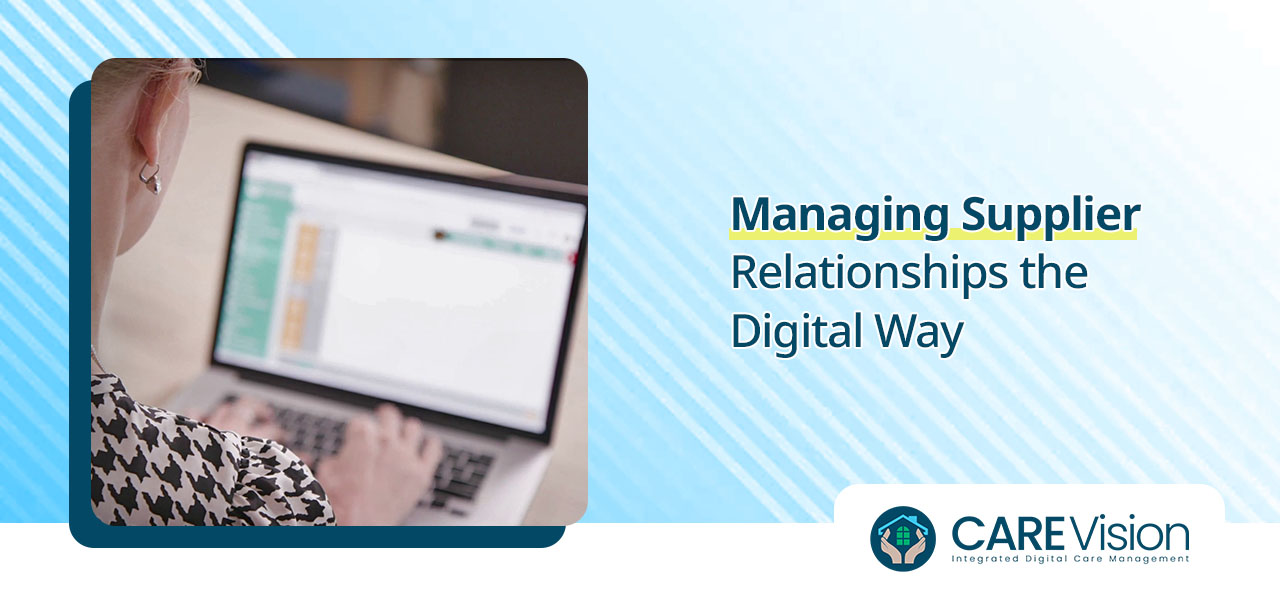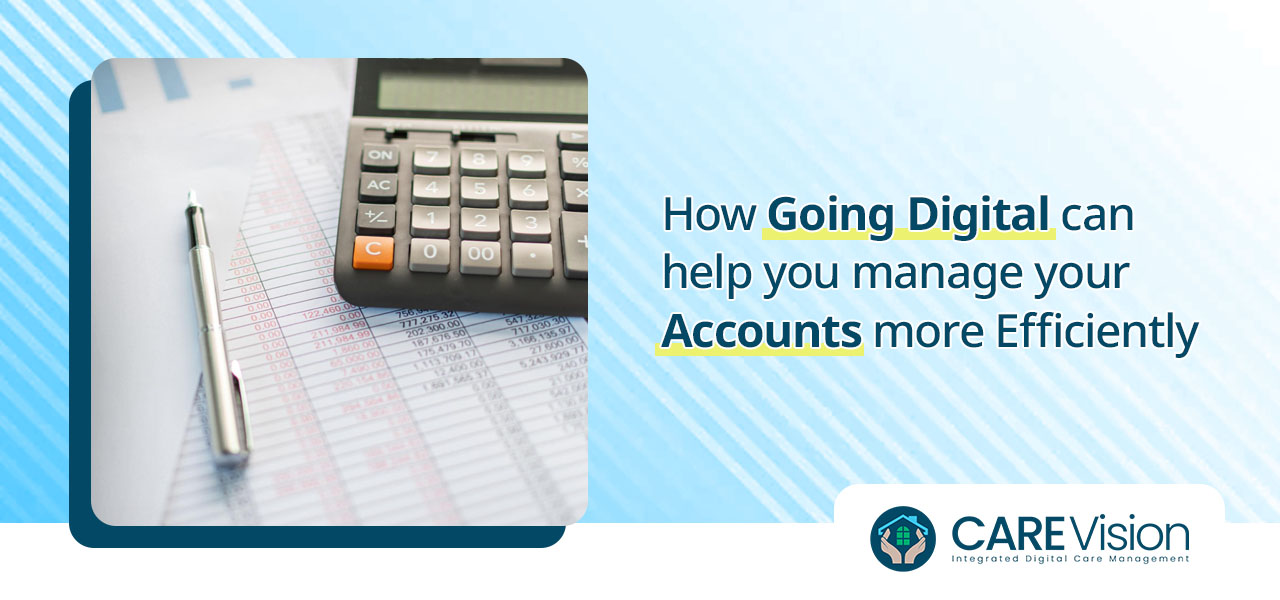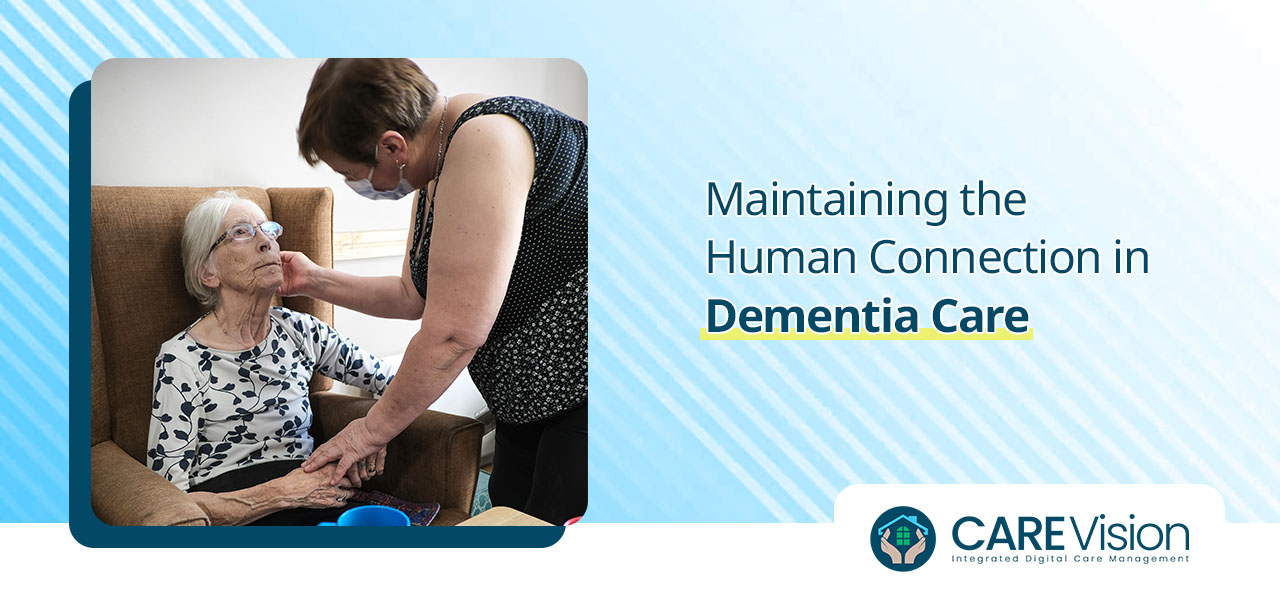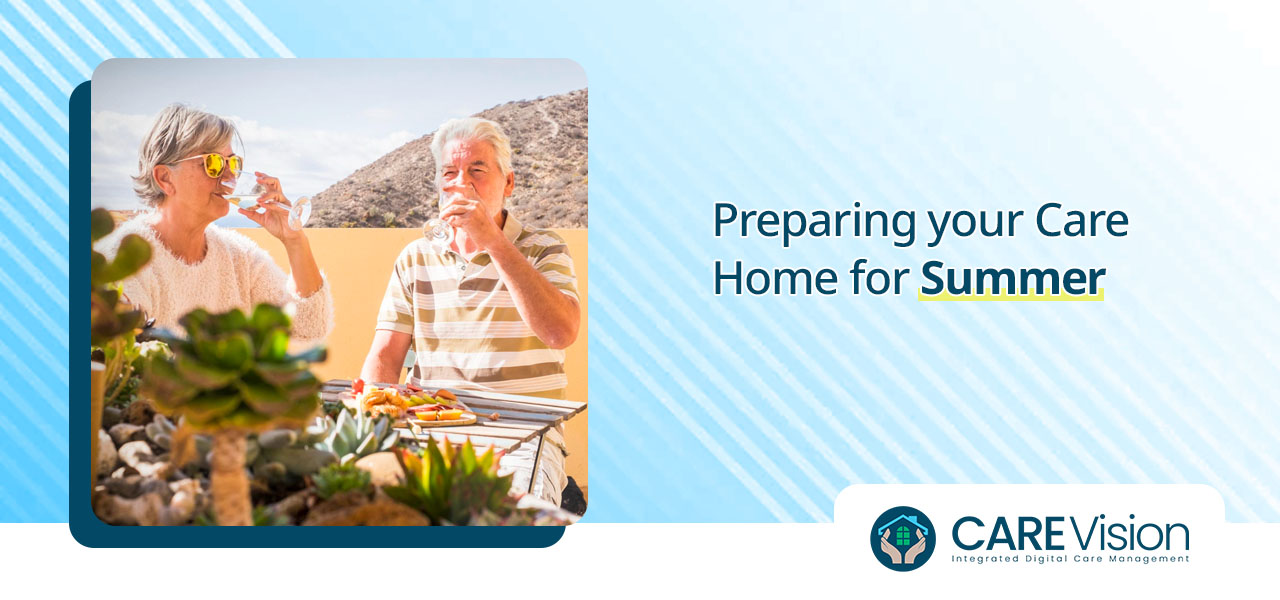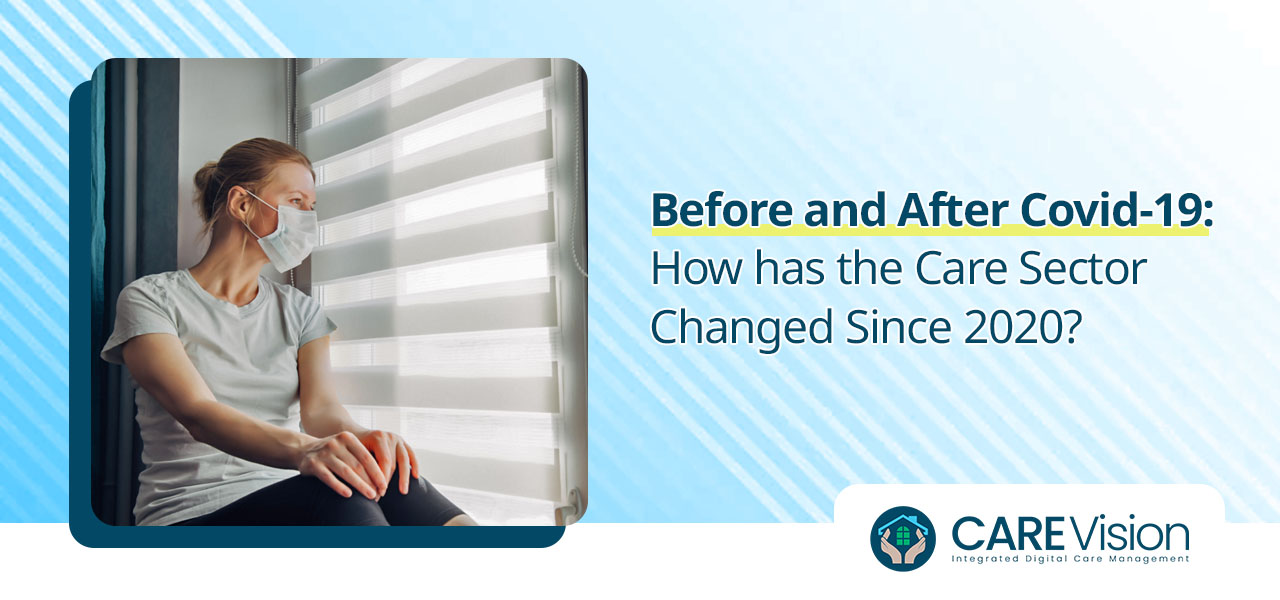Lockdown brought about what looks like a permanent change to how we interact with technology at work. Phrases such as ‘I’m sharing my screen’ and ‘you’re on mute’ have now well and truly embedded themselves into our business vocabulary. Yet, at the height of working from home and relying on tech to communicate with each other, the dangers of becoming overexposed and fed up of screens was very real. In other words, we were all now far more likely to experience the phenomenon known as ‘digital fatigue.’
Since the pandemic ended and normal life resumed, we have retained many of the advantages of the increased exposure to tech – as well as the dangers of digital fatigue. Moving from one video call to another without so much as a cup of tea in between is contributing in part to this, as is the temptation to scroll internet pages and social media platforms looking for more and more information. The time that we initially developed technology to help us save is, instead, being used up by trying to meet with too many people virtually and take in too much information online.
Why too much screen time is bad news for our health
Signs that you have been looking at screens and engaging with technology for too long can include eyestrain, stiff neck and headaches, vision impairments, poor posture, difficulty sleeping and repetitive strain injuries. The body can also suffer from long periods of sitting still and less time spent outdoors or moving around. Mentally, digital fatigue can lead to lower motivation, mood swings, negative body image, irritability, guilt for using tech too much and smaller attention spans. In other words, a long list of conditions that we really should be trying to avoid.
What can we do about it?
The good news is there is plenty that can be done to avoid digital fatigue and help us return to a healthier way of working. When it comes to tech, it could be said that less definitely can be more. That’s not to say we should stop working with tech altogether. Or cut back so much that we are unable to perform our jobs in this digital age. It’s all about working smarter, not harder. Making tech work as we want it to, rather than becoming slaves to its digital allure.
Making technology easy to use and invaluable for quickly completing time-consuming tasks is central to the ethos behind Care Vision. Our digital care management software aims to support busy carers and care managers, rather than give them something else to worry about. The system gathers all essential tasks into one app and provides an intuitive dashboard from which to work. Key data, reports and updates can be shared, which reduces the need for manually copying files, sending multiple emails and holding update meetings between care givers at multiple sites via video conferencing.
Staff functions are also simplified, such as electronic clocking in, rota planning, HR management and payroll. Once again, cutting down on the amount of time needed to sit behind a screen. More complex tasks such as event planning, resident monitoring, budgeting and procurement are made simpler and quicker too, cutting down on the risk of those responsible for doing them experiencing digital fatigue as a direct result. Every part of Care Vision has been designed to make the lives of users easier, and to take full advantage of technological support.
Other ways to help fight digital fatigue is to give employees (and yourself!) permission to switch off when it is safe to do so. So, when not on duty, try not to check in to see what is happening – give yourself the space and time to rest and rejuvenate, so you feel fresh and active when you do report back to the care home for work. Look after your eyes – have them regularly checked and take regular breaks when working on screens.
Set some digital boundaries to help not only your eyes, but the rest of your body and mind. If you are a manager, model good behaviour in this regard with your staff. When using Care Vision, take advantage of its multi-tasking and data-sharing functions to allow you to take less time doing electronic admin – and more time interacting with your residents. The less time you find yourself tied to more than one screen or device, switching between them doing routine tasks, the happier and healthier you will be.
